
New Stuff at Niue
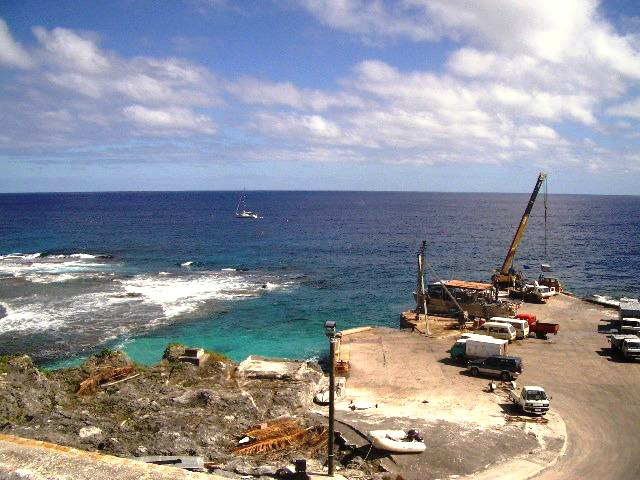
© Latitude 38 Media, LLC
If your life has become a little hum-drum and you’re yearning for something different from the ‘same-old, same-old’, maybe it’s time to get a boat and take off. For when you cruise, you can’t help but doing all sorts of new stuff.
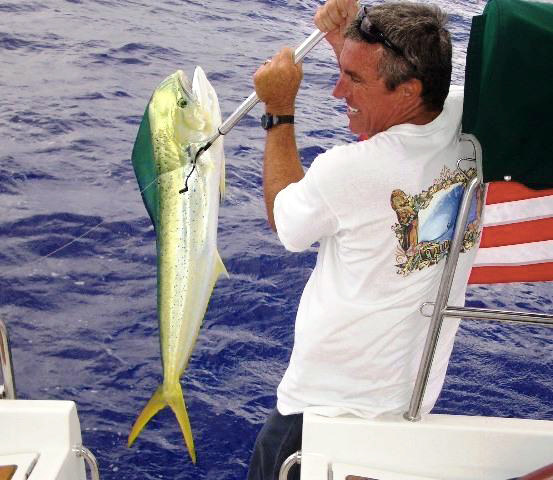
©2009 Latitude 38 Media, LLC
To illustrate our point, the accompanying photos illustrate a few of the different activities enjoyed at tiny Niue by Greg and Teri Weeger of the Huntington Beach-based Beneteau 473 Greetings, and Teri’s now 13-year old daughter Sierra. And mind you, Niue, which is just 100 square miles, was only one of the stops on Greg and Teri’s circumnavigation.
By the way, we’ll have much more on the Weegers’ circumnavigation in the next issue of Latitude 38, which will hit the streets on September 1.
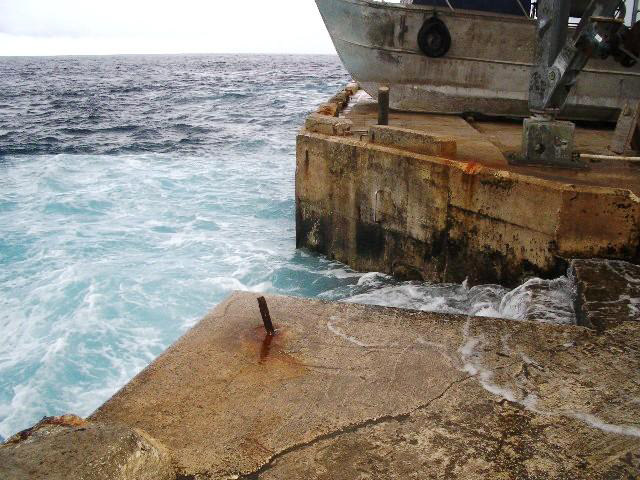
©2009 Latitude 38 Media, LLC
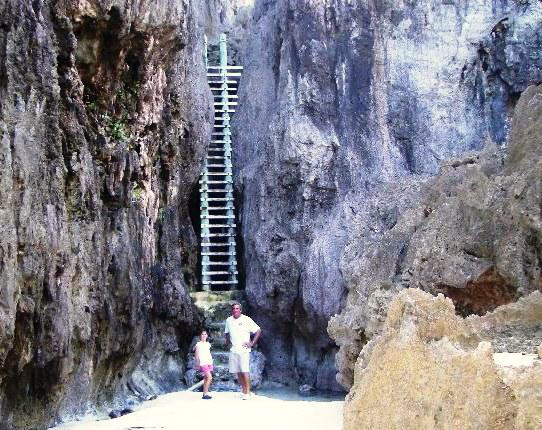
© Latitude 38 Media, LLC
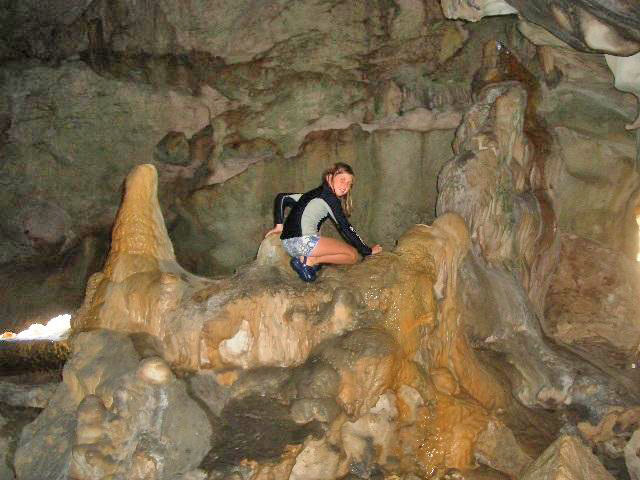
© Latitude 38 Media, LLC

© Latitude 38 Media, LLC
“Hey, Sailor! Want a Ride?”
Sailing on the Bay has been great lately — have you been missing out for lack of crew? Look no farther than Latitude 38’s Crew List! There’s no shortage of sailors looking for rides, from local daysailing to racing to long distance cruising. Check out their listings, then contact a few. For even better results, fill out your own ‘Skipper Looking for Crew’ form. And if you’re heading to Mexico this fall, be sure to drop by our Mexico-Only Crew List Party at Encinal YC on September 9. It’s just $7 to get in, and you’re sure to meet dozens of great potential crewmembers.
Which Light Is Right?
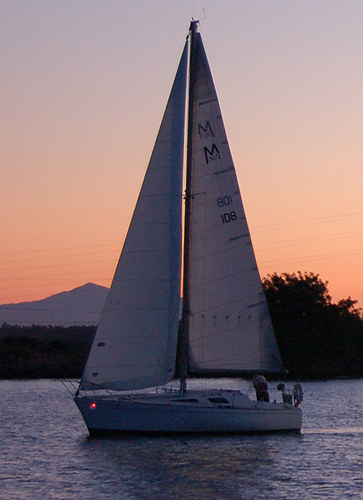
©2009 Latitude 38 Media, LLC
A new batch of cruisers is currently preparing to head south in the fall. But while they are busy installing every new-fangled gadget and gizmo available, we wonder how many are taking the time to bone up on the basics.
Even longtime sailors get a little rusty on the Rules of the Road from time to time — especially when it comes to vessel lighting. This fact was obvious during last year’s Baja Ha-Ha cruisers rally, as several boats were spotted with improper — and even downright weird — light configurations. Realistically, you might not ever get cited for improper lighting by a maritime authority, but you could confuse the heck out of other mariners, both large and small. And if an accident occurs when you are out of compliance with the Rules, you could be blamed. So here’s a little refresher.
First, every skipper should keep a copy of the International and Inland Rules of the Road handy in their nav area. You never know when you might want to look something up, if only to confirm that your memory is serving you correctly when you’re sleep deprived. Plus, it’s required for vessels over 39.4 feet (12 meters) in inland waters.
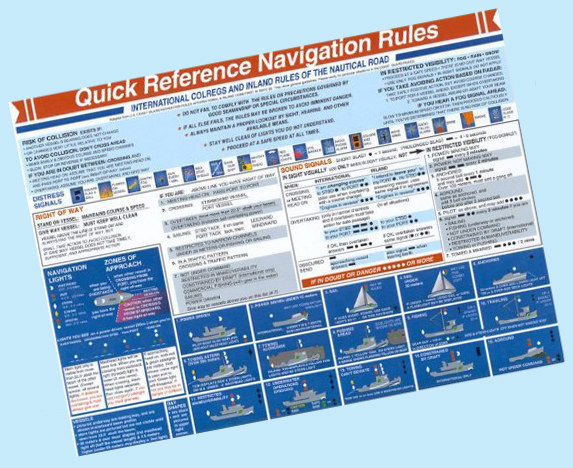
The most commonly seen taboos on the Ha-Ha were running both masthead tricolor and deck level running lights at the same time. This is a problem because under the Rules of the Road, red over red indicates a vessel "not under command." To remember this, merchant marine cadets use the mnemonic "Red over red, the captain is dead." Consequently, it’s illegal to run both your deck lights and masthead tricolor at the same time. Similarly, if a sailboat were to run a tricolor, deck lights and a steaming light, vessels viewing its port side would see red over white over red which indicates a "vessel restricted in its ability to maneuver."
Likewise, green over white (a masthead tricolor and steaming light viewed from starboard) could be confused for a fishing boat engaged in trawling: "Green over white, trawling tonight." So when you’re motoring or motorsailing at night you must run your deck lights in combination with your steaming light, not your tricolor. Masthead tricolors, by the way, are only legal on boats less than 20 meters (65 feet).
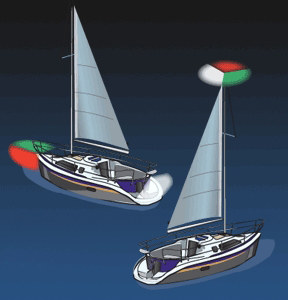
©2009 Latitude 38 Media, LLC
One of the most unusual combinations reported, red over green over green (viewed from starboard), actually turns out to be a proper option for sailboats under sail: All-around red over all-around green at the masthead, over deck-level running lights. To our knowledge, Dr. Lou Freeman’s San Diego-based Swan 52 Seabird was the only boat to display this combo, but he was perfectly correct to do so. The mnemonic for this one is "Red over green, sailing machine." It’s rarely seen on the West Coast, but commonly seen on big sailing yachts in the Caribbean and the Med.
As every merchant mariner will tell you, keeping the myriad light combinations straight is a challenge. But it’s especially tough if you don’t often sail at night. So we suggest picking up a plasticized cheat sheet on light patterns, and keep it close to the helm. And spend some time pouring through the Rules of the Road — you’ll probably be amazed at all the things you don’t know, but should.
Radios Buzzing on the Bay
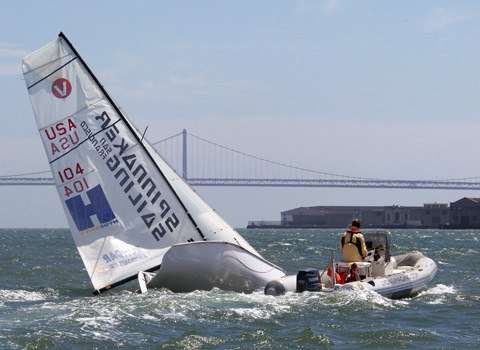
With winds reportedly gusting into the low 30s this weekend, San Francisco Bay was indeed an exciting place to be sailing. A little too exciting for some.
Much of the day Sunday, VHFs were buzzing with announcements of one minor calamity after another, which kept the Coast Guard’s Search and Rescue units and other resources hoppin’. Among them, a powerboat drifted up on the rocks at Ballena Bay; a kayak was found adrift without any paddlers, which triggered a search for stranded swimmers; and, as reported above, several 505s capsized and/or were dismasted.
But the most dramatic story heard was that of a Viper crew racing in the Sarcoma Cup, which capsized while beating to windward near Alcatraz in a roaring flood. Despite the strong winds, the two-man, one-woman crew were able to right their boat, but as soon as the sails loaded up, it took off sailing on its own. In no time the flood pushed the soggy crew to Alcatraz, where one of the men was able to safely scale the seawall. The others were soon rescued by the Protector Escapade, whose crew then chased down the Viper, which was eventually towed in safely. (The full report is well worth reading.)
We’re happy to report that despite all the mayhem all mariners returned home safely Sunday. Just another day on the Bay.
